Scotland Leads the Way: National Habitat Condition Monitoring using State of the Art Machine Learning and eDNA data
NatureMetrics supports Scotland towards its 2030 Nature Positive goals with the adoption of eDNA and AI into national monitoring programs

A collaboration between
Project Snapshot
Overview
Scotland's ambition to become nature positive by 2030 and restore biodiversity across the nation by 2045 demanded a bold, innovative approach. To track progress towards these targets, new monitoring approaches were needed that could comprehensively assess species diversity and habitat health at national scales.
Conventional monitoring methods, though valuable, lacked the scalability and comprehensiveness required to assess the nation's ecological health accurately. In a exciting collaboration, SEPA, NatureScot, and the Scottish Government's Marine Directorate joined forces to explore the potential of environmental DNA (eDNA) analysis as a transformative biomonitoring solution to track nature health and restoration over time at national scales.

The Challenge
Develop a comprehensive eDNA-based framework capable of characterizing biodiversity and habitat conditions across Scotland's terrestrial and aquatic ecosystems at a national scale. This ambitious undertaking aimed to bridge critical data gaps, complement existing methods, and provide the robust insights needed to support post-2020 national biodiversity reporting requirements. Furthermore, the framework had to facilitate effective conservation strategies, restoration efforts, and precise monitoring of ecological changes over time, enabling Scotland to achieve its nature positive goals by 2030 and biodiversity regeneration targets by 2045.

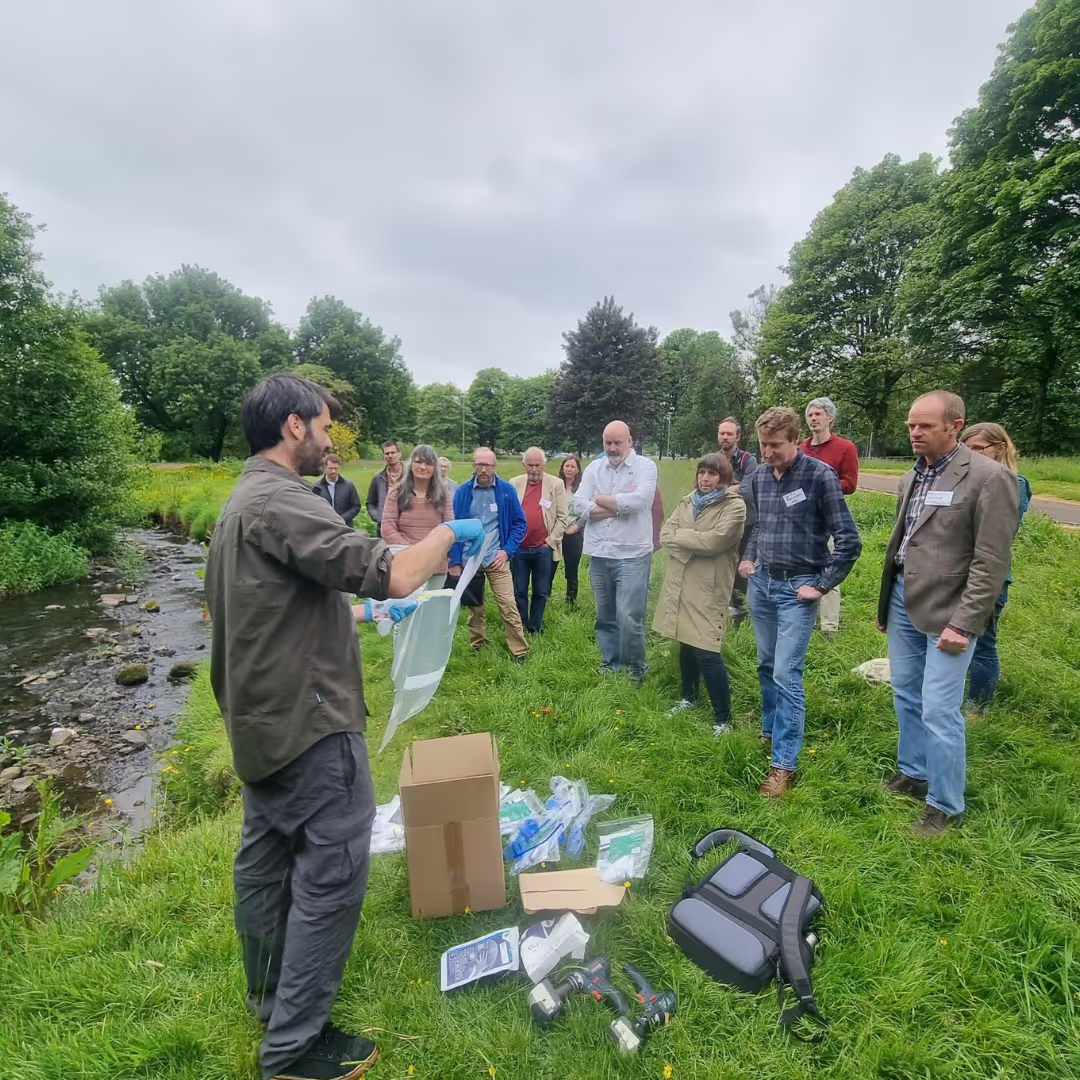
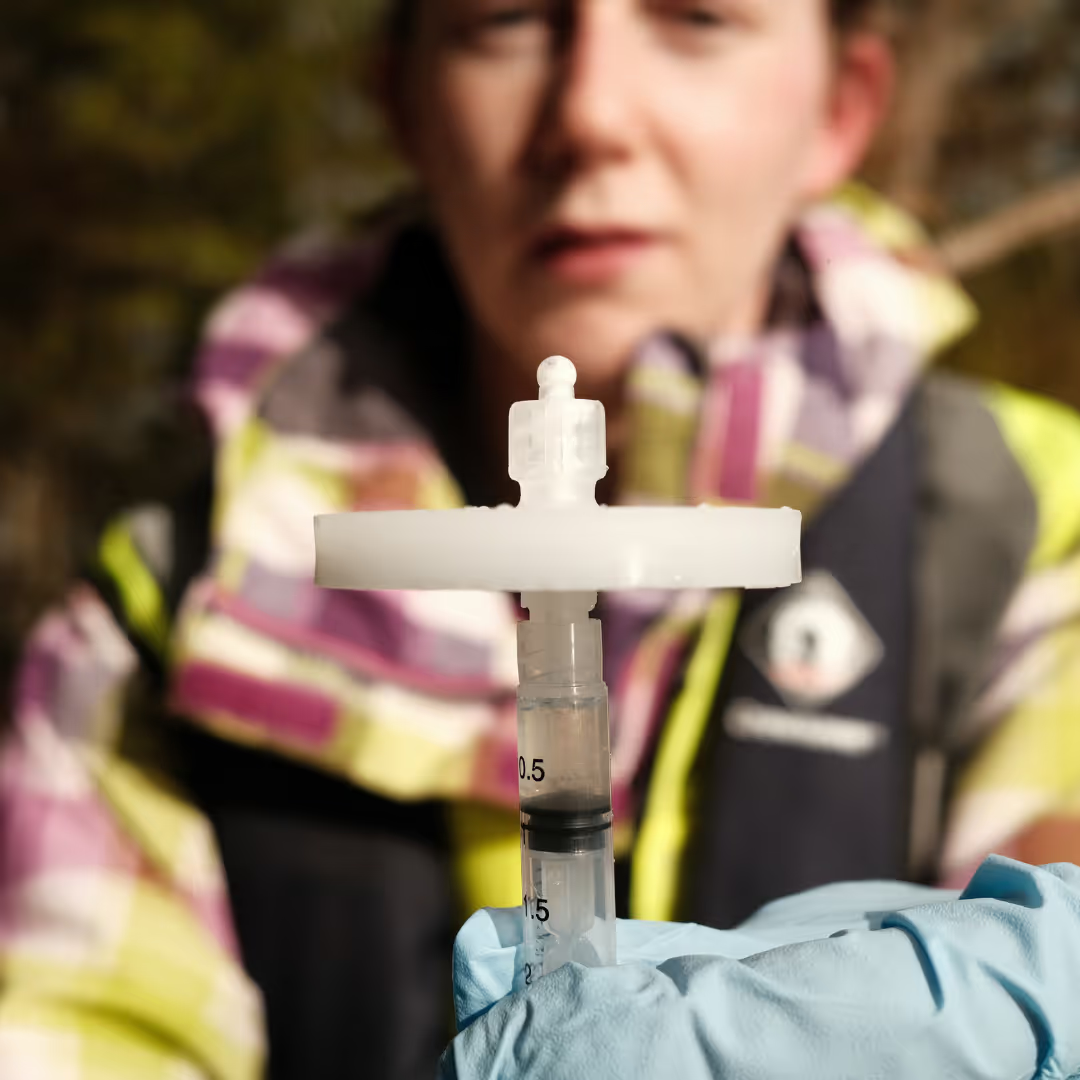
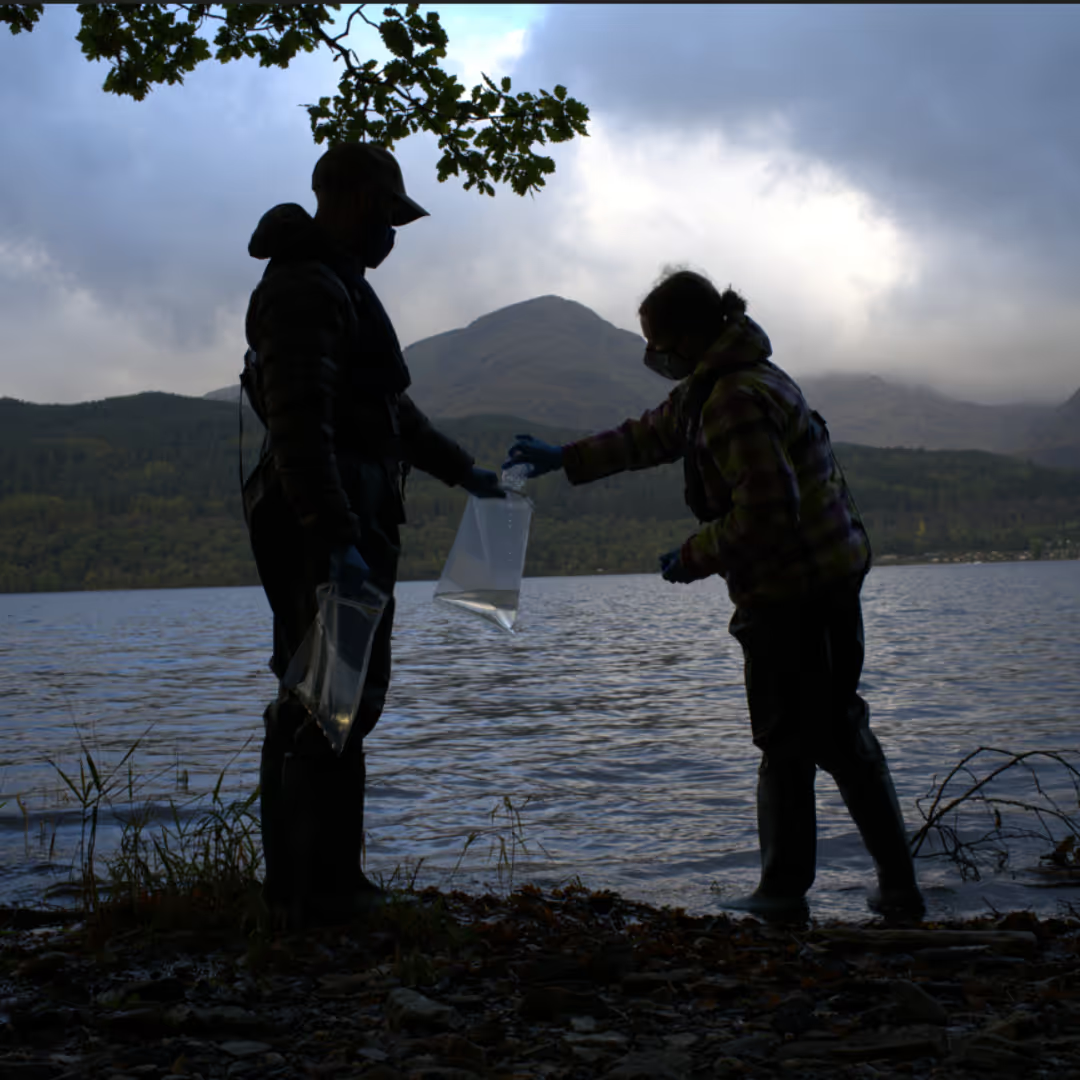


Our Role
Alongside the project partners, comprehensive eDNA surveys and analyses were conducted across Scotland’s marine lochs, freshwater lochs, woodlands, and peatlands. Over 350 samples were processed through custom eDNA metabarcoding assays, cutting-edge bioinformatics pipelines, and sophisticated statistical analyses, unveiling a treasure trove of biodiversity data.
NatureMetrics used state of the art machine learning to classify habitat conditions and authored a series of custom reports detailing the project's findings, paving the way for the integration of eDNA monitoring into Scotland's national biodiversity assessment and reporting protocols.

The Findings
The eDNA data unveiled striking levels of biodiversity, detecting a staggering 9,000 different species from the samples, including many threatened, invasive and indicator species critical for conservation efforts.
Key results demonstrated that eDNA data can:
- Rival and often outperform conventional survey methods for characterizing communities
- Provide sensitive measures of ecological condition through novel bioindicators
- Classify sites by habitat status based on species detected (e.g. degraded vs restored)
- Map distributions of species across regional scales cost-effectively
The results showed that eDNA data could classify sites by habitat status (e.g., degraded vs. restored) and map species distributions across regional scales cost-effectively. For marine environments, eDNA benchmarked favorably against traditional methods for assessing sediment quality.

The Impact
This pioneering study proves eDNA analysis as a powerful, scalable tool poised to revolutionize how Scotland's biodiversity is monitored and ecological condition reported. With simple, standardized sampling, eDNA can comprehensively survey entire ecosystems, detecting species that are difficult to find through conventional approaches.
The statistical frameworks and analytical pipelines developed by NatureMetrics, including a state of the art restoration tracking model based on classifying habitat condition using machine learning, represent one of the first initiatives of its kind applied at a national level. The project findings will serve as a blueprint for other nations seeking to adopt eDNA monitoring into their biodiversity assessment and reporting frameworks, accelerating the global transition towards nature-positive policies and practices.
Meanwhile, ongoing eDNA surveys can track changes in biodiversity and conservation status over time, while precisely mapping species distributions across the landscape. This emerging toolkit will be pivotal for assessing progress towards Scotland's 2030 and 2045 nature restoration milestones, ensuring a sustainable, biodiverse future for generations to come.
Explore the official SEPA reports here: Our research | Beta | SEPA | Scottish Environment Protection Agency



.avif)

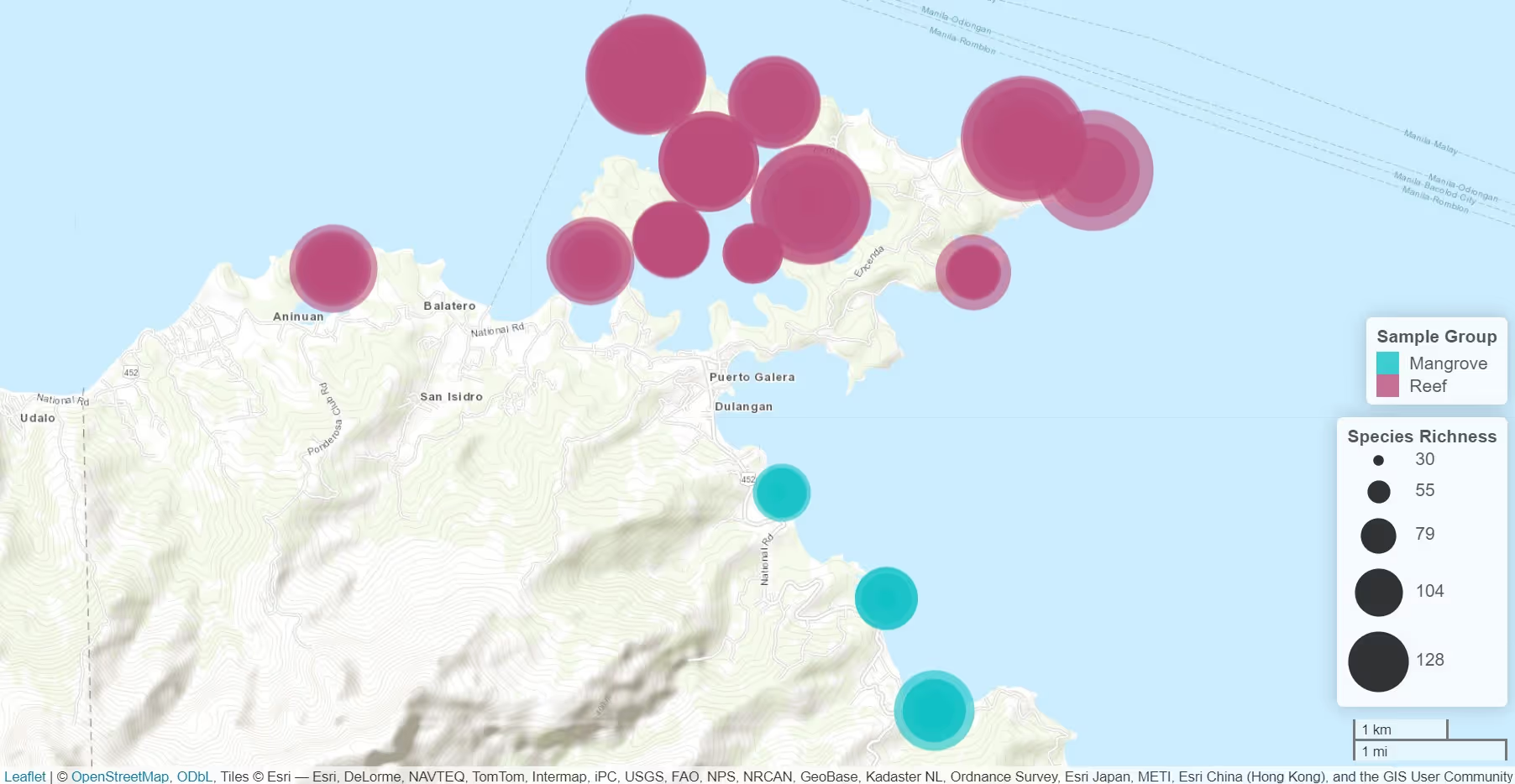
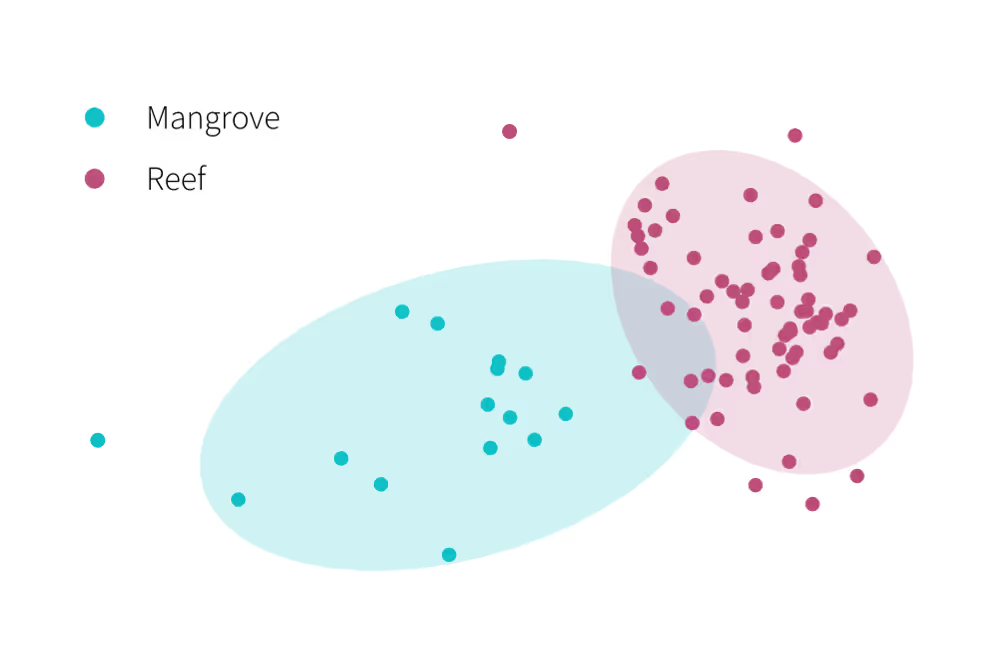

.avif)